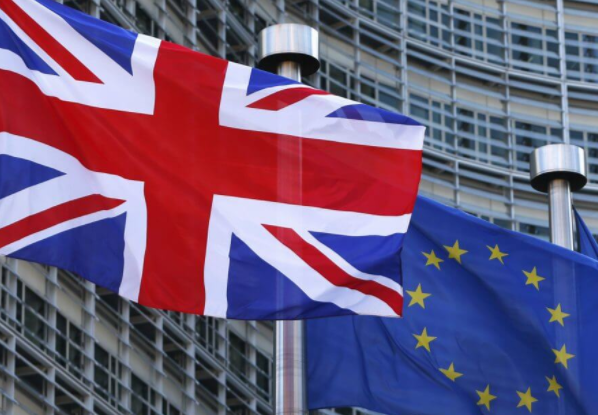“No new EU rules after 2019, says Boris Johnson as Cabinet split on transition plan reopens”.
To say no to EASA Aviation regulations at the risk of distancing the UK from Aviation Customers (even potentially making the product or component not acceptable – inability to issue form 1’s for example) – should not be taken lightly.
There are no other way to say it we are in a potential mess – It is reported that the UK has the second largest aerospace sector in the world, generating a turnover of £65bn a year and supplying markets across the world. So without doubt anything that has the potential to upset the aviation apple cart should be taken seriously.
Currently, there is a considerable lack of guidance from the UK government concerning aviation matters and the likely nature of the environment, in which the post-Brexit UK aviation industry will find itself. (Possibly because they have no idea how the process is going to actually work)
Some observers are suggesting the Swiss Model but note that to be a member of the EEA you need to be in the EU or the European Free Trade Association (EFTA), which the UK left in 1973.
Joining EFTA would need a treaty and potentially some extensive negotiation (who can assume the UK will be welcomed with open arms?)
However, it seems pretty clear that BREXIT pretty much makes the UK ineligible to be an EFTA member too! Means that potentially the only membership which is open to the UK and the various UK companies will be EASA Third Country Status.
During a speech delivered on 1st Dec 2016 Andrew Haines, Chief Executive of the UK CAA made the following comments.
“ Let’s just imagine the UK was to withdraw from EASA altogether and adopt our own framework – although I’m yet to meet anyone of substance that supports that approach. It is of course theoretically possible and let’s just suppose we established the best aviation safety regimes in the world, It would mean a major increase in UK regulatory regime, potentially represent a major barrier to track increased costs and yet we would also risk becoming a backwater in terms of wider impact.
In my view, there would need to be a very strong case for the UK to step away from the EASA system entirely. We know that EASA would miss us – the UK is heavily engaged with EASA and we know Patrick Ky, the Executive Director at EASA, sees us as one of his most valued partners.
One of my very first conversations on the morning after the referendum was with Patrick Ky…
So the vast majority of UK consumers will interact with a key part of aviation that is regulated outside of the UK – each and every time they fly.
It is said that the UK and France provide ⅔ of all the rule making input on European Safety Regulation and together we undertake close to 90% of EASA’s outsourced activities.
Of course, we have other avenues to influence aviation safety – we can continue to play a very active role in ICAO – indeed strengthening, but it is not a substitute for European engagement. There are other models for non EU states participating in EASA, but these relate to relatively small states who have had to accept full free movement and yet still accept restrictions on influence and voting rights. Now, voting is not everything, but it would be naïve not to recognise that there are issues where safety and politics overlap.
Can the UK use its aviation leverage to negotiate a better deal than this? One would hope so, but who knows. We could of course chose to be followers rather than shapers, not fully part of the EASA system but essentially replicating it and adopting subsequent changes where they align with national interest. This has some attractions but if it comes at the expense of real international influence then it would be at odds with the fundamental principle.”
So where are we now?
Any aviation business contemplating investment and development in the next years in the UK must surely be extremely concerned regarding the potential exposure.
Steven Bentley is MD of Sofema Aviation Services www.sassofia.com




